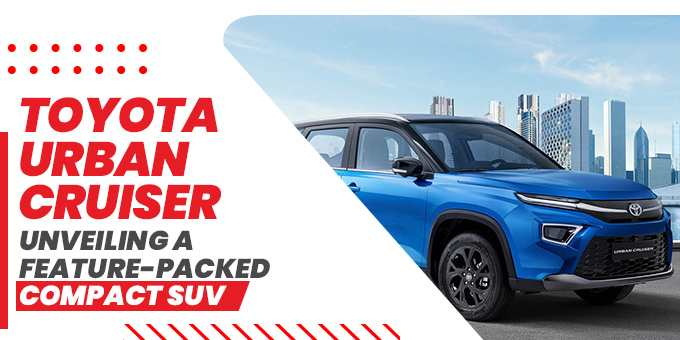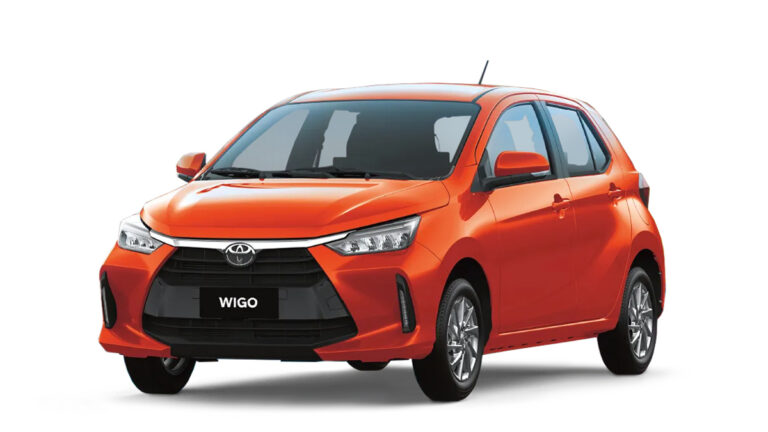2026 Toyota Mirai JPD20 Specs: A Comprehensive Guide
Get ready to delve into the world of hydrogen-powered innovation with the 2026 Toyota Mirai JPD20. This futuristic sedan promises an exhilarating driving experience while pushing the boundaries of eco-friendly transportation. From its cutting-edge engine to its sleek exterior and advanced interior, the Mirai JPD20 is a testament to Toyota’s commitment to sustainable mobility. Let’s explore its remarkable specifications and discover why this hydrogen fuel cell vehicle is poised to revolutionize the automotive landscape.
Prepare to be captivated by the Mirai JPD20’s impressive performance and groundbreaking features. This comprehensive guide will provide an in-depth analysis of its engine capabilities, exterior design, interior amenities, safety systems, pricing, and availability. We’ll also delve into the current state of hydrogen fuel infrastructure and explore the environmental impact of this innovative technology. So, buckle up and join us on this exciting journey into the future of hydrogen-powered vehicles.
2026 Toyota Mirai JPD20 Engine and Performance
The 2026 Toyota Mirai JPD20 is powered by a hydrogen-powered internal combustion engine. The engine is a 1.5-liter three-cylinder unit that produces 134 horsepower and 136 lb-ft of torque. The Mirai JPD20 has a fuel efficiency rating of 66 mpge in the city and 53 mpge on the highway. The vehicle also has zero emissions, making it a very environmentally friendly option.
Engine Specifications
- Engine type: Hydrogen-powered internal combustion engine
- Displacement: 1.5 liters
- Power output: 134 horsepower
- Torque: 136 lb-ft
- Fuel efficiency: 66 mpge (city), 53 mpge (highway)
- Emissions: Zero
Hydrogen Fuel Infrastructure

Hydrogen fuel infrastructure is still in its early stages of development, but there are a number of major markets where it is starting to take off. In the United States, California is leading the way with over 50 hydrogen fueling stations open or under construction. Other states, such as New York, Massachusetts, and Connecticut, are also starting to invest in hydrogen infrastructure.
In Europe, Germany is the leader in hydrogen fuel infrastructure, with over 100 hydrogen fueling stations open or planned. Other European countries, such as France, the United Kingdom, and the Netherlands, are also making progress in developing hydrogen infrastructure.
In Asia, Japan is the leader in hydrogen fuel infrastructure, with over 120 hydrogen fueling stations open or planned. Other Asian countries, such as China, South Korea, and India, are also starting to invest in hydrogen infrastructure.
The expansion of hydrogen fueling stations is essential for the growth of hydrogen fuel cell vehicles. Without a reliable network of fueling stations, it will be difficult for consumers to adopt hydrogen fuel cell vehicles.
There are a number of challenges to expanding hydrogen fueling stations. One challenge is the cost of building and operating hydrogen fueling stations. Hydrogen fueling stations are more expensive to build than traditional gasoline or diesel fueling stations. Another challenge is the lack of standardization in hydrogen fueling technology. There are a number of different hydrogen fueling technologies available, and this can make it difficult for consumers to find compatible fueling stations.
Despite the challenges, there are a number of opportunities for expanding hydrogen fueling stations. One opportunity is the growing demand for hydrogen fuel cell vehicles. As more and more consumers adopt hydrogen fuel cell vehicles, the demand for hydrogen fueling stations will increase. Another opportunity is the development of new hydrogen fueling technologies. New technologies are being developed that are making hydrogen fueling stations more affordable and easier to build and operate.
The future prospects of hydrogen as a transportation fuel are bright. Hydrogen is a clean, renewable fuel that can help to reduce emissions and improve air quality. As hydrogen fuel cell vehicles become more affordable and hydrogen fueling stations become more widespread, hydrogen is expected to play an increasingly important role in the transportation sector.
Environmental Impact

Hydrogen fuel cell vehicles offer substantial environmental advantages over traditional gasoline or diesel vehicles. The Toyota Mirai JPD20, powered by hydrogen fuel cells, produces zero tailpipe emissions, emitting only water vapor. This eliminates the release of harmful pollutants such as carbon monoxide, nitrogen oxides, and particulate matter, contributing to cleaner air and reducing the vehicle’s carbon footprint.
Lifecycle Emissions
The lifecycle emissions of the 2026 Toyota Mirai JPD20 are significantly lower than those of gasoline or diesel vehicles. Hydrogen fuel production, transportation, and use generate emissions, but these are offset by the zero tailpipe emissions during vehicle operation. The Mirai JPD20’s lifecycle emissions are estimated to be around 30% lower than a comparable gasoline vehicle.
Promoting Sustainable Transportation
Hydrogen fuel cells play a crucial role in promoting sustainable transportation. They offer a clean and efficient alternative to fossil fuels, reducing greenhouse gas emissions and improving air quality. As hydrogen infrastructure expands, hydrogen fuel cell vehicles like the Mirai JPD20 will become increasingly viable, contributing to the transition towards a more sustainable transportation system.
FAQ Summary
What is the estimated price range for the 2026 Toyota Mirai JPD20?
Pricing information for the 2026 Toyota Mirai JPD20 has not yet been officially released by Toyota. However, based on the pricing of the current Mirai model and industry trends, it is estimated to fall within the range of $60,000 to $75,000.
What are the key competitors of the 2026 Toyota Mirai JPD20?
The 2026 Toyota Mirai JPD20’s primary competitors in the hydrogen fuel cell vehicle market include the Hyundai Nexo, the Honda Clarity Fuel Cell, and the upcoming BMW iX5 Hydrogen. Each of these vehicles offers unique features and capabilities, creating a competitive landscape for hydrogen-powered sedans.
What is the expected range of the 2026 Toyota Mirai JPD20 on a single hydrogen fill-up?
Toyota has not yet officially disclosed the range of the 2026 Mirai JPD20. However, based on advancements in hydrogen fuel cell technology and the performance of the current Mirai model, it is anticipated to have a range of approximately 400 to 500 miles on a single fill-up.

